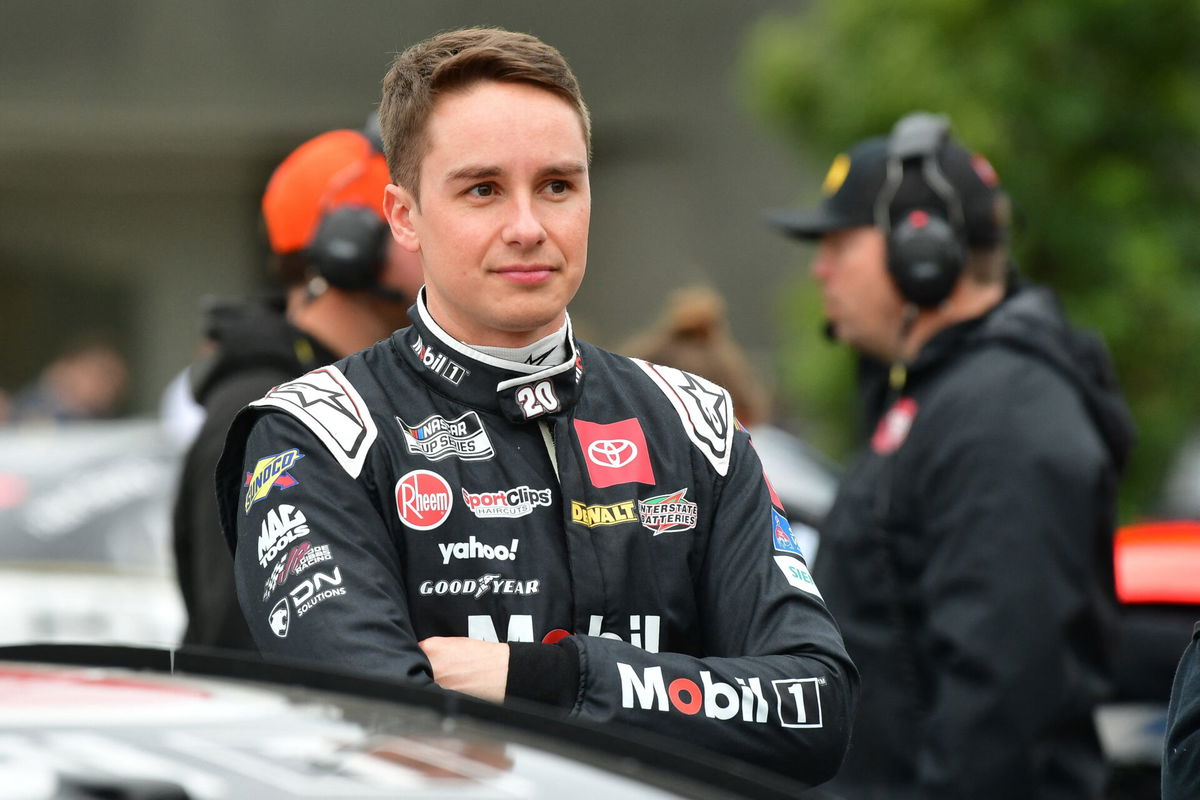
USA Today via Reuters
Feb 3, 2024; Los Angeles, California, USA; NASCAR Cup Series driver Christopher Bell (20) during practice at Los Angeles Memorial Coliseum. Mandatory Credit: Gary A. Vasquez-USA TODAY Sports

USA Today via Reuters
Feb 3, 2024; Los Angeles, California, USA; NASCAR Cup Series driver Christopher Bell (20) during practice at Los Angeles Memorial Coliseum. Mandatory Credit: Gary A. Vasquez-USA TODAY Sports
Christopher Bell, driving the No. 20 Toyota for Joe Gibbs Racing, continues to chase Chevrolet and Ford at superspeedways. Though he enjoyed a hat-trick of wins at the start of the year, Bell’s team has repeatedly encountered aerodynamic and numerical limitations that hinder their ability to control pack dynamics when green-flag pit strategy fades from relevance. Frontstretch’s comprehensive early-season review underscores this imbalance: at Atlanta, Ford locked nine of the top-10 starting positions and dominated on track, while Toyota’s speed was described as “pedestrian,” their survival-driven top-10 finishes more a function of persistence than pace. And now, as Daytona looms, the question is whether Bell can break through that imbalance and finally tilt the superspeedway scales in his favor.
Watch What’s Trending Now!
“As a Toyota driver and the other Toyota drivers, we’re committed to each other. Whatever the strategy may look like, whatever the plan is, we’re all on board with one another,” said Tyler Reddick, facing a similar snag during the 2024 season in April. Analysts further point out that Toyota has not yet left a mark at superspeedway races, with Ford and Chevy consistently leveraging teamwork and depth to lead the field. And Bell himself reflected on this reality as he spoke ahead of the upcoming Daytona race.
ADVERTISEMENT
Christopher Bell and Toyota’s superspeedway struggle in 2025
Christopher Bell’s own reflections, offered to Frontstretch, carry a tone of candid acceptance and resolve. His recognition of Toyota’s lower performance ceiling isn’t speculation; he feels defeated by the Chevrolet cars in the series. “We can blame it on numbers, but I don’t think it’s numbers; the names of the Chevrolets have beaten us. It seems like they got a hold of this style of racing, probably more than the Fords and the Chevys, and we’re just behind right now,” he said.
These machines accentuate drafting advantage when fleets are large, meaning Toyota’s smaller roster inherently struggles to form effective trains, a point clearly revealed in Atlanta, where Ford’s dominance wasn’t just in numbers but in cohesion. The tactical opportunities disappear under certain superspeedway conditions. At Daytona, the elimination of green-flag pit stops stripped away one of Toyota’s few leverage points.
In the absence of these stops, races became pure drafting wars where Chevys and Fords established formations, pulled ahead. Bell’s assessment aligns with race dynamics; without strategic pivots, Toyota’s limitations in aero and pack formation become glaring. “We need to finish as high as we can in the points, but you never know how the race is going to play out, and we can go tomorrow and score a bunch of points, and the rest of the guys will score a bunch of points, so it doesn’t matter. I don’t know, we’re really gonna roll the dice just as everyone else is and see where we end up,” he added.
ADVERTISEMENT
The season’s early races painted a clear picture: Toyota’s flashes of success, such as Bell’s Atlanta win, are often the product of rare alignment in execution rather than consistent dominance. Frontstretch noted that even in their win, Toyota drivers led just six of 266 laps, while Ford drivers accounted for nearly 200 laps up front. The disparity speaks directly to Toyota’s struggle to both qualify well and sustain presence at the front.
This isn’t a flaw of individual skill. Bell’s tenure continues to showcase elite racecraft, evidenced by his deep run at COTA and his clean patterns at road courses, but superspeedway racing requires a completely different approach to technicalities. It’s about drafting geometry, aerodynamic wake, and concentration of manufacturer strength. Until Toyota can both increase its fleet’s size or refine aero packages that allow it to counter the draft disadvantage, Bell’s crew will remain in catch-up mode.
ADVERTISEMENT
In substance, Bell’s commentary underscores a stark reality in 2025: Toyota still operates at a strategic and numeric deficit in pack racing, and until those gaps are addressed with better drafting cohesion and aerodynamic gains, Chevy and Ford will continue to dictate the superspeedway scene.
Top Stories
‘RIP’: NASCAR World Crumbles in Tears as 39-YO Former JR Motorsports Driver Passes Away
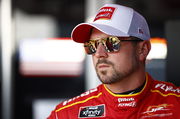
31-YO NASCAR Cup Team Joins Hands With Richard Childress to Leave Ford Alliance After 2025 Reality Check
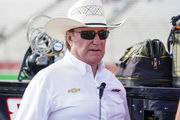
Courtroom Falls into Dead Silence as Heather Gibbs’ Heart-Ripping Account of Husband Coy’s Death Stuns the Trial
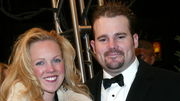
EXCLUSIVE: Kyle Petty: NASCAR’s Renaissance Man
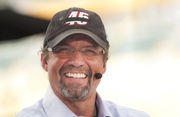
Michael Jordan Exposes NASCAR’s Harsh Reality as Jim France & Family Faces Uncomfortable Questions

Christopher Bell trades horsepower for history in Boston
Before climbing back into his Toyota Camry for the playoffs push at New Hampshire Motor Speedway, Christopher Bell took a detour that had nothing to do with lap times or drafting lanes. The Cup Series star spent a day immersed in Boston’s culture, swapping out the roar of engines for duck boats, pasta, and hospital playrooms. “It was an amazing day to get just the history of this place,” said Bell.
ADVERTISEMENT
Bell’s morning began aboard the iconic “Symphony Hal” Duck Boat, gliding down the Charles River while steering through Boston’s historic landscape. Used to orchestrating precision moves at 200 mph, he eased into the novelty of piloting a craft better known for tourists than racing veterans. The excursion doubled as a crash course in local history, touching landmarks from the State House to the Freedom Trail, and ended with lighthearted donuts on the water, an echo of the celebratory burnouts he’s known for on asphalt.
“Overall, a really, really fun day, and I can’t wait to see everybody at New Hampshire Motor Speedway for the Round of 12 opener. It’s going to be a really important race, and a lot more serious when we come back to New England.” C. Bell said. The stop in Boston’s North End took him from racetrack routines to a chef’s kitchen, where he helped prepare Short Rib Caramelle Pasta alongside traditional Italian appetizers. If superspeedway strategy is a game of fractions and timing, Bell’s culinary adventure was about slowing down, tasting, and absorbing a city’s flavor in every sense.
Perhaps the most impactful moment came at Boston Children’s Hospital. Designing cars with patience and handing out mementos, Bell turned his visit into a reminder that racing’s reach extends far beyond the track. For one day, the driver chasing championships became a storyteller, an entertainer, and a guest of Boston’s enduring spirit.
ADVERTISEMENT
ADVERTISEMENT
ADVERTISEMENT
ADVERTISEMENT

